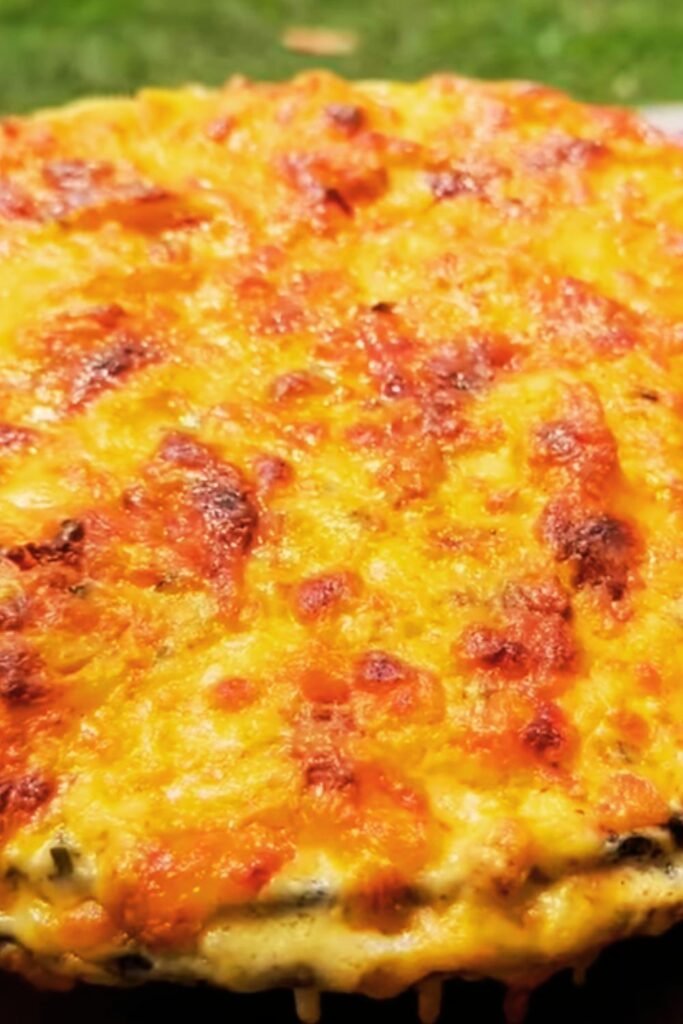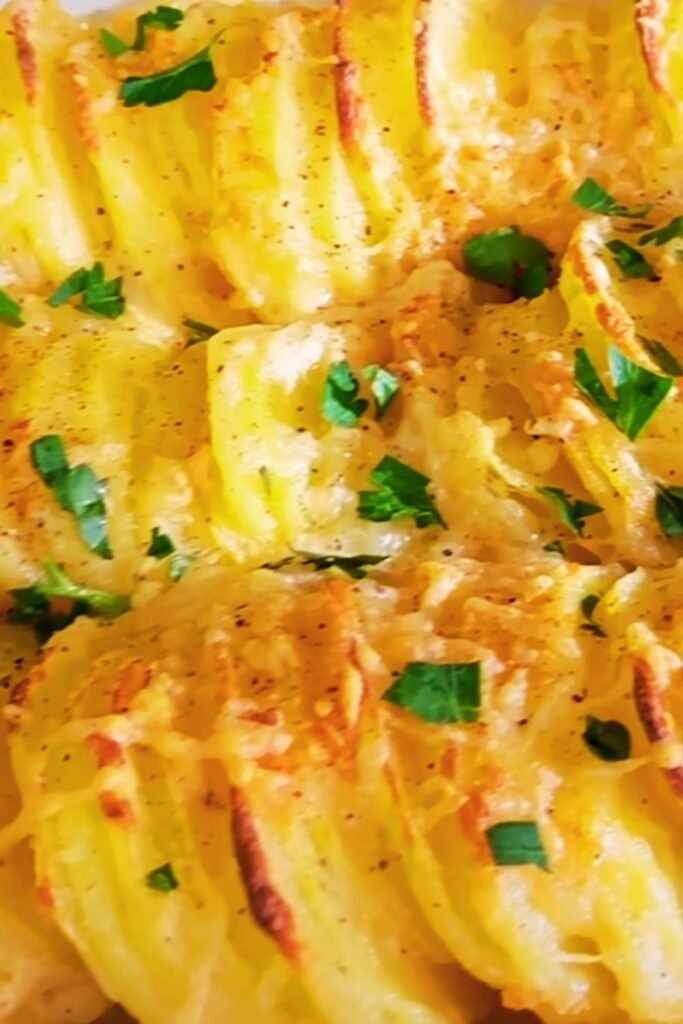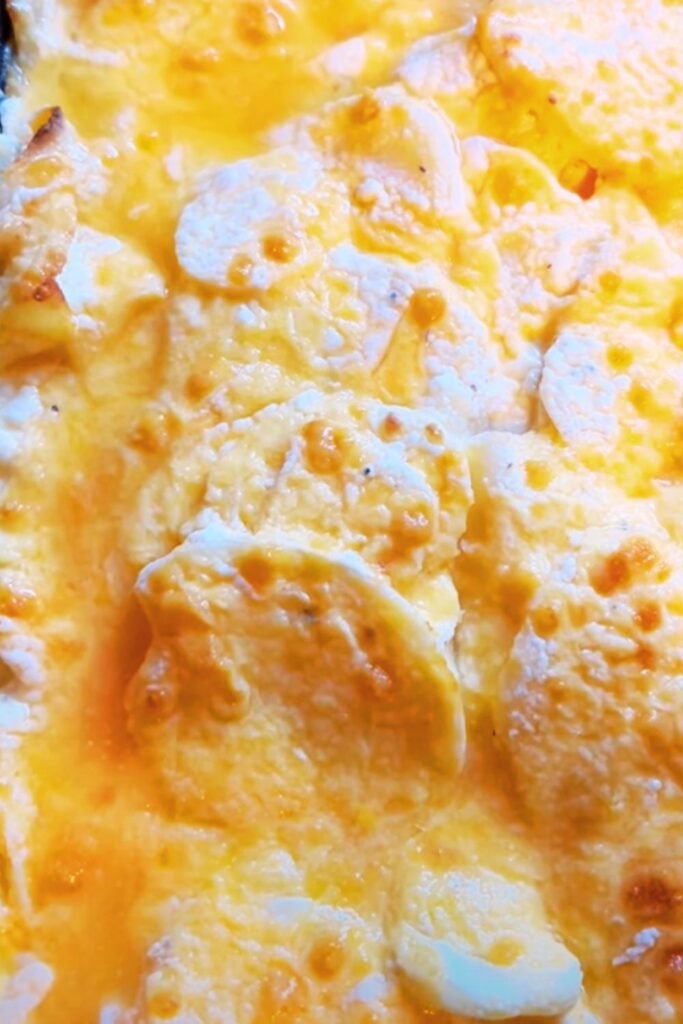Have you ever found yourself waking up at the crack of dawn on Thanksgiving morning, bleary-eyed and anxious about getting that giant bird in the oven on time? Or maybe you’ve suffered through dry, overcooked turkey breast while waiting for the dark meat to finish cooking? I’ve been there too, and let me tell you—there’s a better way.
Enter spatchcocking: the game-changing technique that will revolutionize your turkey experience. When I first discovered this method, I couldn’t believe how much time it saved and how dramatically it improved the quality of the meat. Today, I’m sharing everything I’ve learned about this foolproof approach to cooking the perfect Thanksgiving turkey.
What Is Spatchcocking?
Spatchcocking, also called butterflying, involves removing the backbone of the turkey and flattening it out before roasting. This might sound intimidating if you’ve never done it before, but I promise it’s surprisingly simple with the right tools and technique.
The benefits are tremendous:
- Dramatically reduced cooking time (about 90 minutes for a 12-14 pound bird)
- Evenly cooked white and dark meat
- Perfectly crispy skin all over
- Better flavor from more even seasoning exposure
- Easier carving and serving
Essential Tools You’ll Need
Before diving into the process, let’s make sure you’re properly equipped:
- Sharp kitchen shears or poultry shears
- Large cutting board (preferably with a groove to catch juices)
- Paper towels
- Heavy-duty rimmed baking sheet or roasting pan
- Wire cooling rack that fits inside your baking sheet
- Meat thermometer (digital instant-read preferred)
- Optional: disposable gloves for handling the raw turkey

Step-by-Step Spatchcocking Process
Preparation Stage
- Thaw your turkey completely if frozen. This typically takes 24 hours in the refrigerator for every 4-5 pounds of turkey.
- Remove the turkey from its packaging and remove any giblets or neck from the cavity.
- Pat the turkey dry thoroughly with paper towels. This helps achieve crispy skin and makes the bird less slippery to handle.
- Place the turkey breast-side down on your cutting board with the legs facing toward you.
Removing the Backbone
This is the most technical part of the process, but don’t worry—it’s much easier than it sounds:
- Locate the backbone running down the center of the turkey. Starting at the tail end, use your kitchen shears to cut along one side of the backbone.
- Continue cutting all the way up to the neck end, staying as close to the backbone as possible to preserve as much meat as possible.
- Repeat on the other side of the backbone to remove it completely.
- Save the backbone for making stock or gravy later!
Pro tip: If you encounter resistance while cutting, reposition your shears slightly and try again. The goal is to cut through the rib bones, which should give way to sharp kitchen shears without requiring excessive force.
Flattening the Turkey
Now comes the satisfying part:
- Flip the turkey over so it’s breast-side up.
- Place both hands on the breastbone and press down firmly until you hear a crack. This breaks the breastbone and allows the turkey to lie completely flat.
- Arrange the legs and wings so they’re splayed out from the body, creating a uniform thickness.
Congratulations! You’ve successfully spatchcocked your turkey. Let’s move on to seasoning and cooking.
Seasoning Your Spatchcocked Turkey
With the increased surface area of a spatchcocked turkey, you have a wonderful opportunity to add flavor. Here’s my go-to seasoning approach:
Basic Herb Butter
- 1 cup (2 sticks) unsalted butter, softened
- 3 tablespoons fresh sage, finely chopped
- 2 tablespoons fresh thyme leaves
- 2 tablespoons fresh rosemary, finely chopped
- 4 garlic cloves, minced
- Zest of 1 lemon
- 2 tablespoons kosher salt
- 1 tablespoon freshly ground black pepper
Mix all ingredients together in a bowl until well combined.
Seasoning Steps:
- Gently loosen the skin over the breast and thighs by sliding your fingers underneath.
- Carefully spread about 2/3 of the herb butter under the skin, distributing it evenly.
- Rub the remaining butter all over the outside of the turkey.
- For extra flavor, scatter chopped onions, carrots, celery, and additional herb sprigs on your roasting pan under the wire rack where your turkey will sit.
Roasting Your Spatchcocked Turkey
Here’s where the magic happens—your turkey will cook in record time while developing incredible flavor and texture.
Roasting Technique:
- Preheat your oven to 450°F (232°C). This high temperature helps achieve crispy skin.
- Position an oven rack in the lower third of your oven.
- Place your wire rack inside a rimmed baking sheet or roasting pan.
- Arrange your turkey on the rack, breast-side up, with legs and wings spread out.
- If desired, scatter aromatic vegetables and herbs on the pan below the rack.
- Roast for about 80-90 minutes for a 12-14 pound turkey, or until a meat thermometer inserted into the thickest part of the breast reads 160°F (71°C) and the thigh reads 170°F (77°C).
Cooking Time Guide
| Turkey Weight | Approximate Cooking Time |
|---|---|
| 8-10 pounds | 60-70 minutes |
| 10-12 pounds | 70-80 minutes |
| 12-14 pounds | 80-90 minutes |
| 14-16 pounds | 90-100 minutes |
| 16-18 pounds | 100-110 minutes |
Remember: These are approximations. Always use a meat thermometer to determine doneness. The breast should reach 160°F (71°C) and the thighs 170°F (77°C).
Resting and Carving
Don’t skip this crucial step! Proper resting allows the juices to redistribute throughout the meat, ensuring maximum moisture and flavor.
Resting Process:
- Remove the turkey from the oven and tent loosely with aluminum foil.
- Let rest for at least 20-30 minutes before carving.
- Use this time to prepare your gravy or finish other side dishes.
Carving a Spatchcocked Turkey:
One of the many advantages of a spatchcocked turkey is how much easier it is to carve:
- Remove the legs and thighs by cutting through the joint where they meet the body.
- Separate the thighs from the drumsticks at the joint.
- Remove the wings by cutting through the joint where they meet the breast.
- Carve the breast meat by slicing parallel to the breastbone on each side.

Gravy From Spatchcock Drippings
Since you’ve removed the backbone, you have a head start on making incredible gravy:
Backbone Stock:
- Roast the backbone and giblets (except the liver) in a separate pan while your turkey cooks, or do this ahead of time.
- Transfer to a pot with 6 cups of water, 1 onion (quartered), 1 carrot (chunked), 1 celery stalk (chunked), and a few sprigs of herbs.
- Simmer for 1-2 hours while your turkey roasts and rests.
- Strain and reserve this rich stock for your gravy.
Quick Pan Gravy:
- After removing the turkey, pour the drippings from your roasting pan into a fat separator.
- Return 2 tablespoons of the fat to a saucepan over medium heat.
- Add 2 tablespoons of flour and whisk continuously until golden brown, about 2-3 minutes.
- Slowly whisk in 2 cups of your backbone stock and the separated pan drippings.
- Simmer until thickened, about 5-7 minutes.
- Season with salt and pepper to taste.
Serving Suggestions
A beautifully roasted spatchcocked turkey deserves worthy accompaniments. Here are some perfect pairings:
- Classic mashed potatoes with roasted garlic
- Cranberry sauce with orange zest and cinnamon
- Sourdough stuffing with sausage and apples
- Maple-glazed roasted Brussels sprouts
- Sweet potato casserole with pecan topping
- Fresh green bean casserole with crispy shallots
- Homemade dinner rolls with herb butter
- Sparkling apple cider for a festive non-alcoholic option

Troubleshooting Common Issues
Even with this foolproof method, questions might arise. Here are solutions to common concerns:
Turkey Not Browning Evenly
- Solution: Rotate the pan halfway through cooking. If parts are browning too quickly, cover just those areas with small pieces of foil.
Temperature Rising Too Quickly
- Solution: If the skin is getting too dark but the internal temperature hasn’t reached its target, reduce the oven temperature to 375°F (190°C) for the remainder of the cooking time.
Difficulty Flattening the Turkey
- Solution: Use more pressure on the breastbone, or make a small incision along the keel bone to help it crack more easily.
Meat Thermometer Showing Uneven Temperatures
- Solution: Make sure to test multiple spots in both the breast and thigh. The turkey is done when the lowest temperature in the breast is 160°F and the lowest in the thigh is 170°F.
Make-Ahead and Storage Tips
Thanksgiving can be hectic, so here’s how to stay ahead:
Make-Ahead Tips:
- Spatchcock the turkey up to 24 hours in advance, then store covered in the refrigerator.
- Prepare your herb butter 3 days ahead and refrigerate.
- Make the backbone stock a day ahead and refrigerate.
Leftover Storage:
- Refrigerate leftover turkey within 2 hours of cooking.
- Store in shallow containers to promote rapid cooling.
- Use leftovers within 3-4 days, or freeze for up to 3 months.
Reheating Without Drying Out:
- Reheat turkey pieces in a 300°F (150°C) oven with a bit of stock or gravy until they reach 165°F.
- Alternatively, reheat slices in a skillet with a splash of stock and a pat of butter, covered, over medium-low heat.
Frequently Asked Questions
Q: Is spatchcocking only for turkeys, or can I use this technique for other poultry? Absolutely! This technique works wonderfully for chickens, ducks, and game birds. Just adjust cooking times accordingly. A spatchcocked chicken typically cooks in about 45 minutes.
Q: Do I need special tools to spatchcock a turkey? While kitchen or poultry shears make the job much easier, you could use a very sharp chef’s knife. However, I strongly recommend investing in a good pair of kitchen shears—they’re safer and make the process much simpler.
Q: Can I spatchcock a frozen turkey? No, your turkey must be completely thawed before spatchcocking. Attempting to cut through a frozen or partially frozen turkey is not only extremely difficult but also dangerous.
Q: What’s the largest turkey I can spatchcock? Theoretically, you can spatchcock any size turkey, but practical considerations come into play. For most home ovens, a 16-18 pound turkey is about the maximum size that will fit comfortably when spatchcocked. If you’re feeding a large crowd, consider cooking two smaller spatchcocked turkeys rather than one massive bird.
Q: Can I still stuff a spatchcocked turkey? Traditional cavity stuffing isn’t possible with a spatchcocked turkey, but this is actually a good thing! Stuffing increases cooking time and can lead to food safety issues. Instead, make a delicious dressing (stuffing cooked outside the bird) which will develop better texture and flavor anyway.
Q: Will I still get enough drippings for gravy with a spatchcocked turkey? Yes! In fact, you might get even more flavorful drippings since more of the turkey surface is exposed during roasting. Plus, using the backbone to make stock creates an incredibly rich base for gravy.
Q: My family is traditional and expects to see a whole turkey presented at the table. Will a spatchcocked turkey disappoint them? While a spatchcocked turkey looks different from the traditional presentation, its beautifully browned, crispy skin and juicy meat will win over even the most traditional guests. You can still garnish it with herbs and present it impressively on a large platter surrounded by roasted vegetables.
Q: Can I brine a turkey before spatchcocking it? Absolutely! You can use either a wet or dry brine before spatchcocking. If using a wet brine, make sure to thoroughly pat the turkey dry before proceeding with the spatchcocking technique, as this will make handling much easier.
Why I’ll Never Go Back to Traditional Roasting
The first time I spatchcocked a turkey, I was nervous. Would it really cook evenly? Would it look “right” for Thanksgiving? Within the first hour of roasting, the amazing aroma filling my kitchen told me I was onto something special. When I finally carved into that bird—juicy breast meat, perfectly cooked dark meat, and crackling crisp skin all around—I became a permanent convert.
Beyond the superior results, I’ve come to appreciate the time this method gives back to me on Thanksgiving day. Instead of babysitting a turkey for 3-4 hours and stressing about timing, I can spend more time with my family and friends. The simplified carving process also means less tableside wrestling with the bird and more elegant serving.
Remember, Thanksgiving is about gathering with loved ones and expressing gratitude. Any technique that reduces stress and improves results deserves a permanent place in our holiday traditions. Give spatchcocking a try this year—I’m confident it will become your new favorite way to prepare turkey, not just for Thanksgiving, but any time you want to enjoy this magnificent bird.
Final Thoughts
Spatchcocking truly transforms turkey from a sometimes-dry holiday obligation into a genuinely crave-worthy centerpiece. The technique honors the bird by cooking it to its highest potential—juicy, flavorful, and beautiful. Plus, the time you save can be spent making memories with the people gathered around your table, which is what holidays are really about.
So this Thanksgiving, set aside tradition for a moment and embrace this chef-approved technique. Your taste buds—and your grateful guests—will thank you.